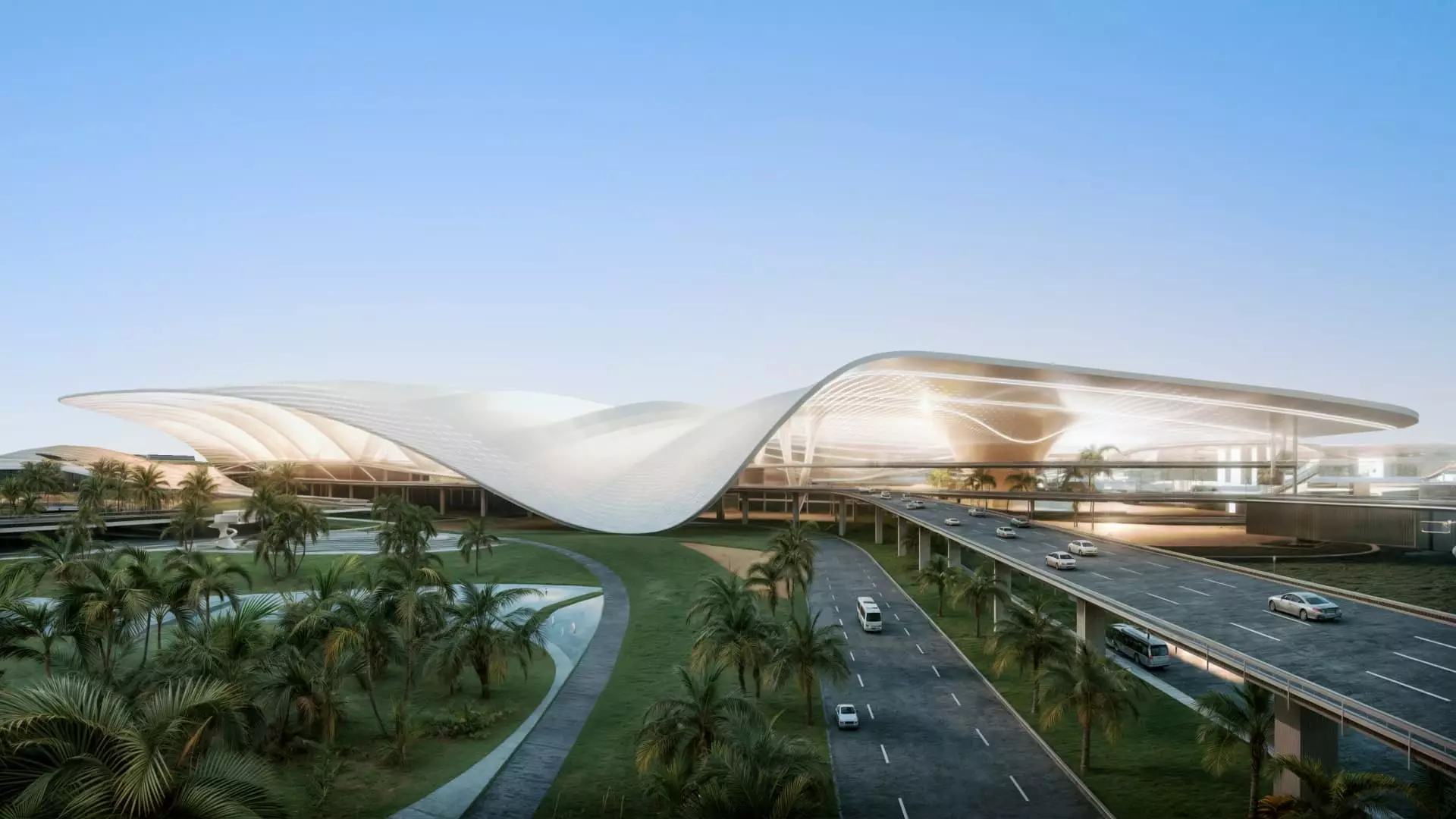Dubai’s leadership has recently approved a massive 128 billion dirham ($35 billion) plan to construct a new passenger terminal at Al Maktoum International Airport. This expansion will make the airport five times larger than Dubai’s main international airport and the largest in the world. The visionary behind this ambitious project, Sheikh Mohammed bin Rashid Al Maktoum, the ruler of Dubai and prime minister of the UAE, envisions Al Maktoum International Airport as a global aviation hub with a capacity to serve 260 million passengers. This project will involve significant shifts in traffic patterns and transport arrangements for travelers, as all operations at Dubai International Airport will eventually be transferred to the new facility.
The new airport will be situated in Dubai South, at the southern end of the UAE’s bustling commercial capital. This strategic location will not only facilitate smoother logistics and air transport operations but will also spur the development of an entirely new city around the airport. The Dubai ruler predicts that this new urban center will create demand for housing for a million people and will attract leading companies in the logistics and air transport sectors. Sheikh Maktoum envisions this initiative as a project that will shape the future of Dubai, ensuring continuous development and prosperity for future generations.
One of the most exciting aspects of the Al Maktoum International Airport expansion is the incorporation of new aviation technologies. The project aims to leverage cutting-edge innovations to enhance the passenger experience, optimize logistics capabilities, and contribute to Dubai’s economic agenda. With state-of-the-art infrastructure, including 400 aircraft gates and five parallel runways, the new airport will set new standards in the aviation sector. Digital renderings of the planned airport reveal futuristic designs, expansive terminals, and a space-age aesthetic that promises to redefine the travel experience.
Dubai’s D33 economic agenda, which aims to double the city’s economy by 2033, plays a crucial role in driving this ambitious project forward. The expansion of Al Maktoum International Airport, also known as Dubai World Central (DWC), is expected to cover 27 square miles upon completion. In addition to its impressive passenger capacity of 260 million annually, the airport will also have the capability to handle 12 million tons of cargo per year. The first phase of the project is slated to be completed within the next 10 years, with a planned capacity to accommodate 150 million passengers annually.
Key industry players, including Emirates Airline and its low-cost subsidiary FlyDubai, are actively engaged in the development of Al Maktoum International Airport. Sheikh Ahmed bin Saeed Al Maktoum, CEO of Emirates Airline, expressed his enthusiasm for the project, highlighting the airport as the future home for major airlines connecting Dubai to the world. The investment in this infrastructure is not just about expanding airport facilities but also about creating a new standard for future travel experiences and logistics capabilities.
Overall, the expansion of Al Maktoum International Airport represents a paradigm shift in the aviation industry, setting new benchmarks for passenger capacity, technological innovation, and economic growth. As Dubai positions itself as a global hub for aviation and logistics, the impact of this ambitious project is poised to shape the future of travel and trade on a global scale.

Leave a Reply